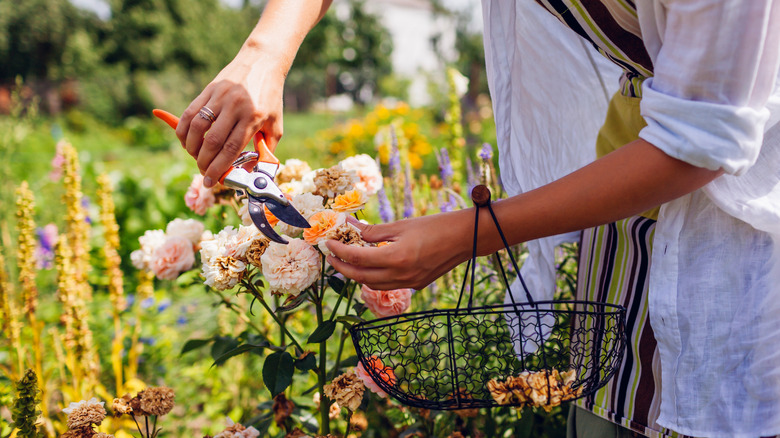12 Must-Deadhead Flowers in July for Long-Lasting Beauty

The Importance of Deadheading in July
Deadheading is a crucial gardening task that helps maintain the health and vibrancy of plants throughout the summer. By removing spent flowers, discolored foliage, and broken stems, gardeners can encourage new growth and extend the blooming season. This practice is especially important during the month of July, when many summer-blooming annuals and perennials reach their peak. From marigolds to geraniums and roses, several popular plants benefit greatly from regular deadheading.
Benefits of Deadheading
Removing dead flowers not only keeps the garden looking neat but also directs the plant's energy toward producing new buds. While some plants continuously form new blooms, others may take a few weeks to recover after being pruned. Regardless of the plant type, keeping them trimmed helps prevent them from becoming leggy or overgrown, ensuring they remain healthy and attractive throughout the season.
Key Plants That Benefit from July Deadheading
Cosmos
Cosmos are a favorite in cottage gardens, offering delicate, colorful blooms on sturdy stems. They typically start flowering in late June, so it’s best to begin deadheading in July to maintain their appearance and encourage continued blooming.
Daylilies
Species daylilies, such as Stella D'Oro, bloom in June and often rebloom in late summer. Cutting back spent flower stalks helps prepare them for their next round of blooms. All daylilies benefit from regular deadheading, as each flower only lasts about a day.
Coneflowers
While many gardeners prefer to leave coneflowers intact for birds in autumn, some varieties can be deadheaded in July and August without significantly affecting seed production. This helps keep the plants looking neat and encourages more blooms.
Snapdragons
Snapdragons come in various sizes and colors. Smaller varieties should be deadheaded as blooms fade, while taller ones like Rocket or Chantilly should have their central stems trimmed once the flowers fade. This redirects energy to side stems, promoting more blooms.
Marigolds
Marigolds are easy to grow and add vibrant color to gardens. Once the first round of blooms starts to fade in July, snipping off the dead flowers encourages new buds and extends the blooming season.
Geraniums
Annual geraniums thrive in containers and garden borders. Regular deadheading is essential to keep their blooms coming. Simply snip off the flowerheads to stimulate new growth and remove any discolored leaves.
Cranesbill Geraniums
These perennial geraniums produce colorful blooms on trailing stems. After the first round of flowers fades in early to mid-July, shear off the spent buds and cut back the stems by about ten inches. This promotes new blooms and keeps the plants looking fresh.
Phlox
Tall garden phlox offers stunning summer blooms. When the flower heads start to fade, it’s best to prune the entire head at once. Also, trim any brown or curled leaves to maintain the plant’s health.
Petunias
Petunias are known for their continuous blooming. Removing spent flowers is key to keeping them fresh and encouraging new blooms. In July, as temperatures rise, petunia flowers may fade faster, so trimming dry or lifeless stems helps maintain their vibrancy.
Roses
Roses of all types benefit from light deadheading throughout the season. Shrubs, hybrid teas, and climbing roses all respond well to regular pruning. This not only keeps the plants looking tidy but also promotes abundant blooms through the fall.
Coleus
Coleus is prized for its colorful foliage. To maintain its vibrancy, deadhead the flower stalks that appear in late June or early July. These stalks draw energy away from the foliage, so regular trimming ensures the plant remains lively.
Coreopsis
Coreopsis, or tickseed, is a long-flowering perennial. Deadheading spent flowers in July extends its blooming season. While the initial blooms usually last through mid-July, consistent deadheading encourages a second round of blooms into autumn.
By incorporating regular deadheading into your summer garden routine, you can enjoy a more vibrant and healthy landscape. Whether you're tending to cosmos, daylilies, or roses, this simple practice makes a big difference in the overall appearance and vitality of your plants.
Post a Comment for "12 Must-Deadhead Flowers in July for Long-Lasting Beauty"
Post a Comment